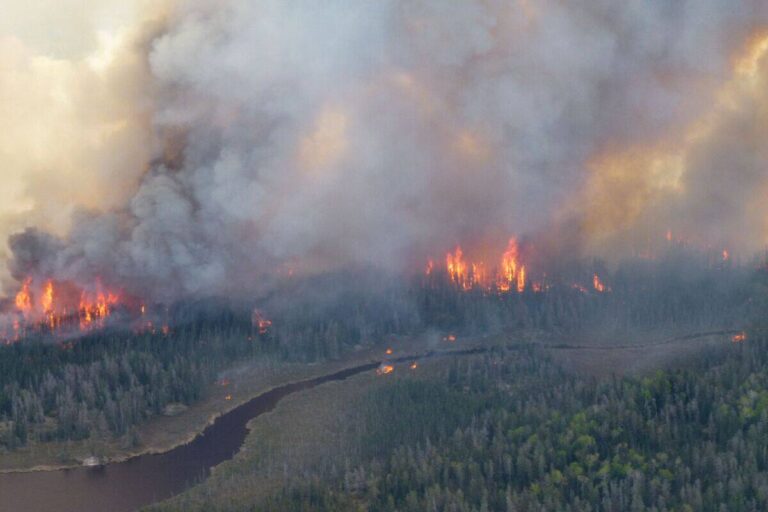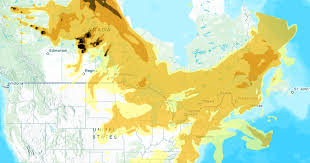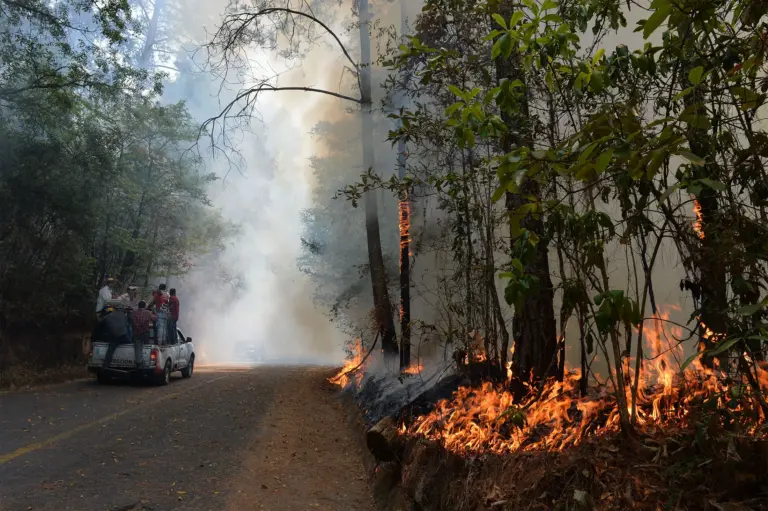
Introduction
Greenland, the world’s largest island, has become a focal point in discussions about climate change. Its massive ice sheets are melting at an alarming rate, contributing significantly to rising sea levels and altering global weather patterns. Understanding Greenland’s impact on climate dynamics is vital not just for scientists, but for policymakers and the global community as a whole.
Current Events: A Rapidly Changing Landscape
Recent studies have indicated that Greenland’s ice sheet is experiencing unprecedented rates of melting. According to a report by the American Geophysical Union published in August 2023, the average annual ice loss accelerated by nearly 30% in the last decade. This alarming trend underlines the urgency of addressing climate change, as Greenland’s ice melting accounts for approximately 25% of global sea level rise.
In addition to its impact on sea levels, the thawing ice in Greenland also has broader implications for global weather patterns. The loss of reflective ice alters regional temperatures and can lead to changes in ocean currents, ultimately affecting weather conditions worldwide. These environmental shifts could lead to more extreme weather events, including heavier storms and prolonged droughts, which could have catastrophic effects on agriculture, infrastructure, and communities far beyond Greenland.
The International Response
The consequences of Greenland’s changing climate extend to global discussions and policymaking regarding climate action. In recent months, international leaders have cited the island’s situation during talks about reducing carbon emissions and investing in sustainable practices. The United Nations Climate Change Conference (COP28), scheduled for later this year in Dubai, is expected to address these concerns as leaders focus on the implications of climate change for fragile ecosystems like Greenland.
Furthermore, initiatives to monitor and study Greenland’s ice sheet are ramping up, with collaborations between countries and research institutions becoming more common. Effective satellite technology is allowing scientists to gather real-time data about ice melting, enabling better predictions regarding future sea levels and climate forecasts.
Conclusion: The Significance of Greenland’s Future
As climate conversations become increasingly critical in the face of a warming planet, Greenland occupies a unique and essential role in predicting and understanding these changes. The melting of its ice sheets not only signifies a dire warning about climate change but also represents an urgent call for global cooperation and action in addressing environmental challenges. Readers must understand that the fate of Greenland may very well influence the future of our planet, making it vital to stay informed and engaged in discussions surrounding climate action and environmental stewardship.






